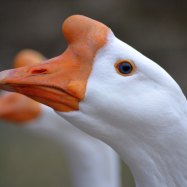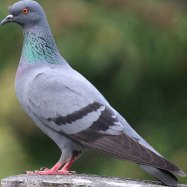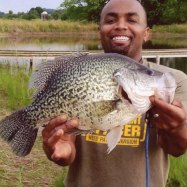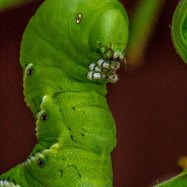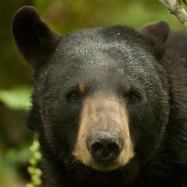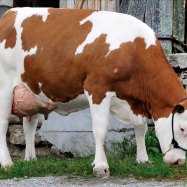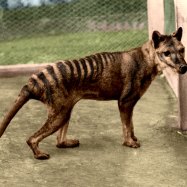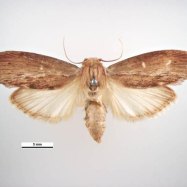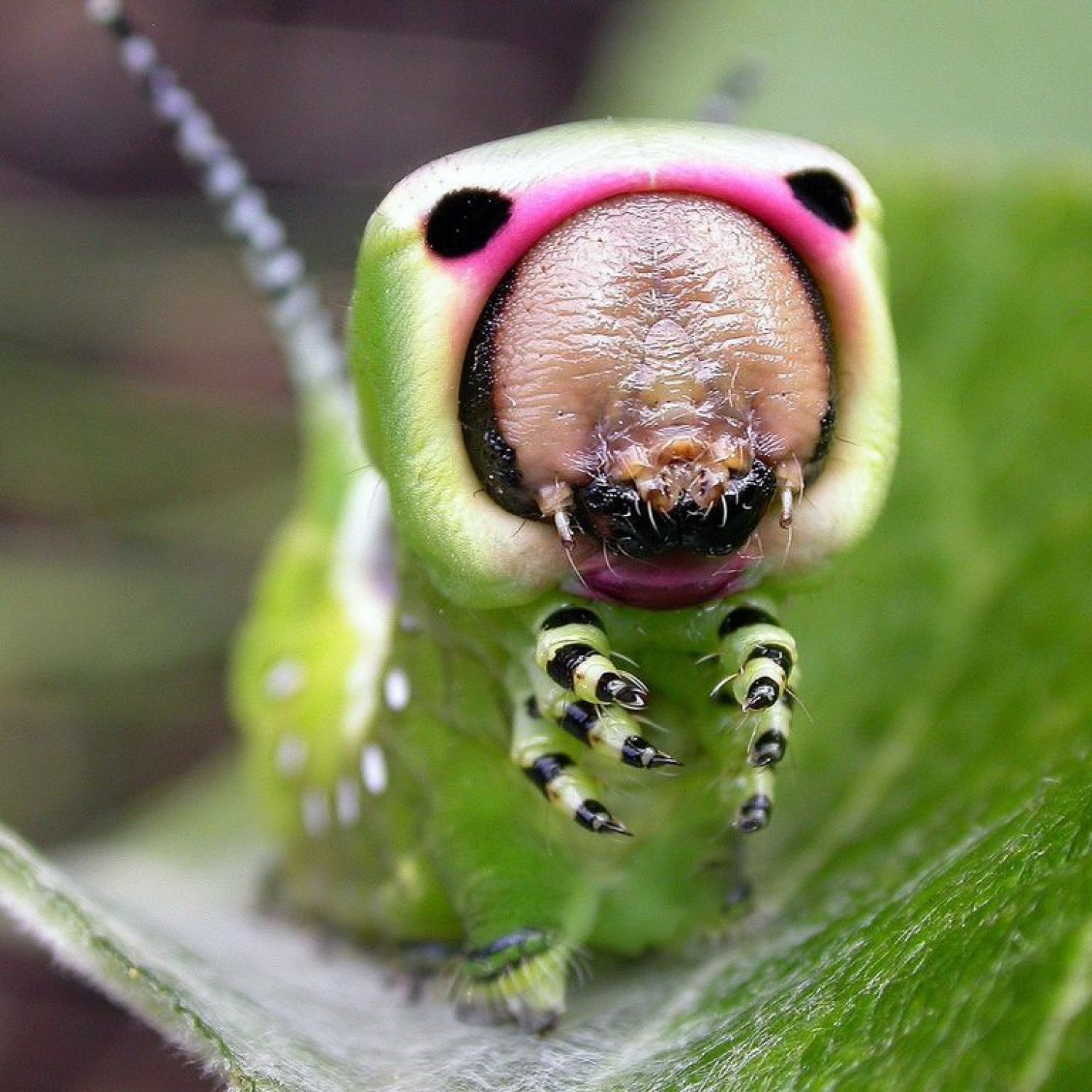
Puss Caterpillar
1-1.5 inches
The Puss Caterpillar, also known as the Southern Flannel Moth, can be found in the Southern United States. These furry creatures may look cute, but their hairs contain venom that can cause severe pain. Beware of their bright colors and avoid touching them - their sting can be harmful! #PussCaterpillar #AnimalFacts #SouthernFlannelMoth
Animal Details Summary:
Common Name: Puss Caterpillar
Kingdom: Animalia
Habitat: Forests, gardens, and trees
The Furry and Deadly Puss Caterpillar: An Unusual Insect of North America
In the lush forests of North America, there is a tiny but dangerous creature that roams among the trees. With soft and furry appearance, one would be quick to dismiss it as a harmless creature. But the Puss Caterpillar, scientifically known as Megalopyge opercularis, is far from being harmless. It is a unique insect found in the Southern United States, and its appearance and behavior are unlike any other caterpillar species Puss Caterpillar.Classification and Geographical Distribution
The Puss Caterpillar belongs to the kingdom Animalia, phylum Arthropoda, class Insecta, order Lepidoptera, and family Megalopygidae. It is a close relative of the well-known Woolly Bear Caterpillar, and both share a similar appearance. However, what sets the Puss Caterpillar apart is its geographical distribution. It is a native species of the United States, specifically found in the southern states such as Texas, Florida, and Louisiana.
Habitat and Feeding Habits
Puss Caterpillars can be found in a variety of habitats, including forests, gardens, and trees. They are particularly fond of oak, elm, and maple trees, making them a common sight in the southern states' gardens and parks. They are herbivorous creatures, meaning they feed on plants and leaves. They are known to have a diverse diet, consuming a wide range of plants such as maple, elm, sycamore, and even roses.
The Puss Caterpillar's Appearance
At first glance, the Puss Caterpillar seems like a cute, cuddly creature with its soft and furry appearance Pink Bollworm. However, looks can be deceiving, as these caterpillars have a deceptive method of self-defense. The Puss Caterpillar is typically brown or gray in color, and its body is covered with long, fine hairs. These hairs are one of the distinct features of this caterpillar and are responsible for its common name.
Defense Mechanism: Hairy and Dangerous
The seemingly harmless hairs covering the body of the Puss Caterpillar are its most potent defense mechanism. These hairs are not just soft and cuddly, but also filled with venom. When threatened, the Puss Caterpillar will release its venom, which can cause severe reactions in humans and animals. The venom contains toxins that can cause intense pain, burning, and swelling upon contact with the skin.
Medical Importance and Impact on Humans
Despite its small size, the Puss Caterpillar can be dangerous to humans. Its venomous hairs can cause severe skin reactions, ranging from mild irritation to intense pain and swelling. In some cases, the symptoms can even escalate to nausea, vomiting, difficulty in breathing, and numbness. The severity of the reaction depends on the amount of venom that comes in contact with the skin and the person's sensitivity to the venom.
In addition to its venomous defense mechanism, the Puss Caterpillar also poses a risk to humans due to its spiky spine. These spines can easily break off and can cause significant damage if they penetrate the skin.
While most people are not at risk from encountering a Puss Caterpillar, people who work or spend a lot of time outdoors, such as gardeners and farmers, are more likely to come into contact with this caterpillar. It is crucial to be cautious and avoid touching or handling these caterpillars. If you do happen to get stung by its venomous hairs, it is essential to seek medical attention immediately.
Unusual Behavioral Traits
Apart from its unique appearance and defense mechanism, the Puss Caterpillar is also known for its unusual behavioral traits. Unlike most caterpillars, the Puss Caterpillar is a solitary creature and does not live in colonies or groups. They are also nocturnal creatures, mostly active at night, and spend most of their day resting in tree branches or foliage.
Another interesting behavior of the Puss Caterpillar is its ability to roll into a tight ball when threatened. This behavior not only hides the caterpillar's vulnerable body but also exposes its spiky spines, making it difficult for predators to grasp or eat it.
The Puss Caterpillar's Life Cycle
Like all caterpillars, the Puss Caterpillar goes through a complete metamorphosis to become an adult moth. The female Puss Caterpillar lays its eggs on the undersides of leaves, and the eggs hatch into tiny caterpillars within a few weeks. These caterpillars molt several times and go through several stages of development, growing in size with each molt.
Eventually, after several molts, they enter the pupal stage, where they transform into a cocoon. After a few weeks, a fully grown moth emerges from the cocoon, completing the Puss Caterpillar's life cycle.
The Puss Caterpillar and Its Environmental Impact
While the Puss Caterpillar's venom can pose a threat to humans, its presence is beneficial for the environment. As herbivorous creatures, Puss Caterpillars play an important role in maintaining the balance of plant populations in their habitats. They also provide a food source for birds and other animals, contributing to the larger ecosystem.
Conclusion
The Puss Caterpillar is truly a unique creature, with its soft and cuddly appearance and its dangerous venomous hairs. Found in the Southern United States, these caterpillars may look harmless but should be treated with caution. While their venom can cause severe reactions in humans, they are an essential part of the ecosystem and play a crucial role in maintaining the balance of plant populations. So, the next time you spot a furry caterpillar in your garden, make sure to take a closer look – it may just be the elusive and unusual Puss Caterpillar!

Puss Caterpillar
Animal Details Puss Caterpillar - Scientific Name: Megalopyge opercularis
- Category: Animals P
- Scientific Name: Megalopyge opercularis
- Common Name: Puss Caterpillar
- Kingdom: Animalia
- Phylum: Arthropoda
- Class: Insecta
- Order: Lepidoptera
- Family: Megalopygidae
- Habitat: Forests, gardens, and trees
- Feeding Method: Herbivorous
- Geographical Distribution: North America
- Country of Origin: United States
- Location: Southern United States
- Animal Coloration: Varies, typically brown or gray with hairs
- Body Shape: Caterpillar
- Length: 1-1.5 inches
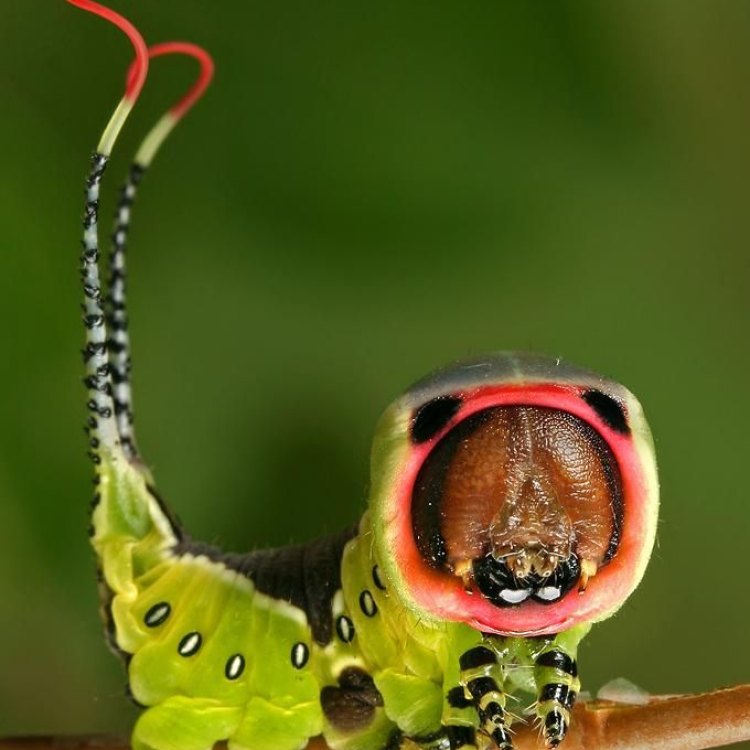
Puss Caterpillar
- Adult Size: Unknown
- Average Lifespan: Unknown
- Reproduction: Sexual
- Reproductive Behavior: Unknown
- Sound or Call: None
- Migration Pattern: Non-migratory
- Social Groups: Solitary
- Behavior: Stays hidden in trees and vegetation
- Threats: None to humans, but can be dangerous if touched
- Conservation Status: Not evaluated
- Impact on Ecosystem: None known
- Human Use: None
- Distinctive Features: Hairy appearance, venomous spines
- Interesting Facts: The hairs of the puss caterpillar contain venomous spines that can cause severe pain
- Predator: Birds, spiders
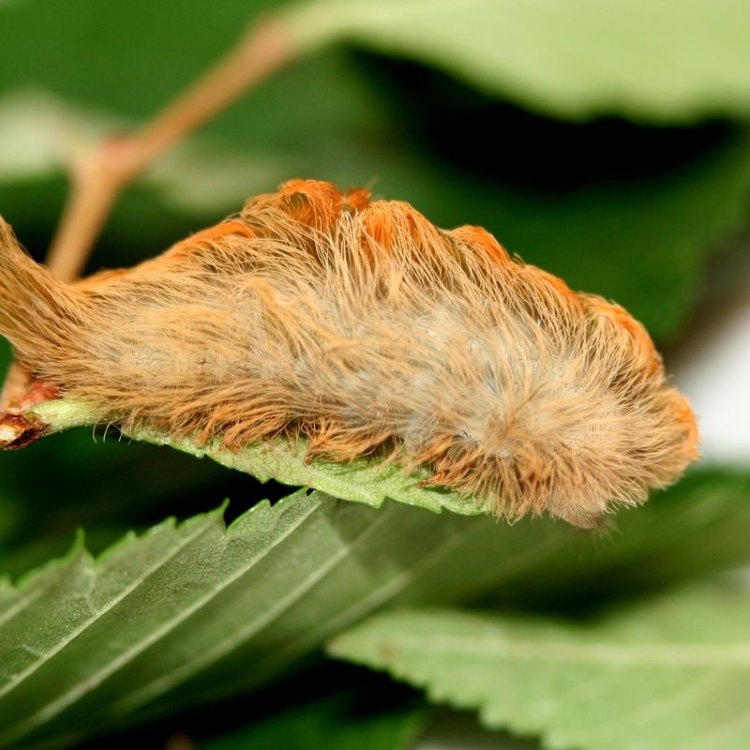
Megalopyge opercularis
The Furry and Fierce Puss Caterpillar: A Misunderstood Inhabitant of the Tree Canopies
Nestled among the leaves and branches of trees and vegetation, lives a tiny yet formidable creature- the Puss Caterpillar. With its distinctive, hairy appearance and venomous spines, this creature may seem harmless, but it is actually one of the most venomous insects in the United States. Despite its fearsome reputation, the Puss Caterpillar remains a mysterious creature, with little known about its adult size, lifespan, and reproductive behavior. In this article, we take a closer look at this intriguing creature and unravel some of its fascinating features PeaceOfAnimals.Com.Who is the Puss Caterpillar?
Scientifically known as Megalopyge opercularis, the Puss Caterpillar belongs to the family of flannel moths, also known as Megalopygidae. Native to the southern United States, this caterpillar has also been spotted in some parts of Mexico and Central America. It is often referred to by various names such as the Southern flannel moth, the tree asp, the asp caterpillar, and the opossum bug. But what gives it its rather peculiar name, the "Puss Caterpillar"?Well, this little creature appears cuddly, with its soft, fur-like appearance. It also has a round, chubby body, resembling that of a small, fluffy kitten- hence the name "Puss Caterpillar". But don't let its cute looks deceive you. This caterpillar is armed with venomous spines that can cause excruciating pain if touched.
Interesting Facts about the Puss Caterpillar
Despite its small size and elusive nature, the Puss Caterpillar is quite fascinating. Here are some interesting facts about this mysterious creature Pomeranian.1. Hairy and venomous: One of the most distinctive features of the Puss Caterpillar is its soft, fluffy appearance. But what many people don't know is that the hairs of this caterpillar contain venomous spines. These spines release a toxin that can cause severe pain if they come in contact with human skin.
2. Painful encounter: Due to its venomous nature, the Puss Caterpillar has gained infamy for being one of the most painful insects to encounter in the United States. The sting of this caterpillar is often compared to a bee sting, but for some, it can be even more severe, causing redness, swelling, and even nausea.
3. Predator-proof: The Puss Caterpillar is well-adapted to protect itself from predators. Apart from its venomous spines, the caterpillar also has the ability to curl up into a ball, making it difficult for predators to attack.
4. Mysterious behavior: The Puss Caterpillar is a solitary creature that stays hidden in trees and vegetation. Little is known about its reproductive behavior and social groups, as these caterpillars are rarely found in groups.
5. Misidentified as a wig: Due to its resemblance to a fluffy wig, the Puss Caterpillar is often misidentified by unsuspecting individuals who pick it up, thinking it is a lost wig. This often leads to painful stings and an immediate drop of the "wig".
Habitat and Behavior
The primary habitat of the Puss Caterpillar is the tree canopies, where it feeds on leaves and vegetation. These caterpillars can be found in various tree species, including oak, elm, and sycamore. They are also known to be active during the day, although they may also come out at night.As mentioned earlier, the Puss Caterpillar is a solitary creature and prefers to stay hidden in the trees and vegetation, making it difficult to spot. They are also known to be non-migratory, meaning they do not travel long distances from their habitat.
Predators of the Puss Caterpillar
Despite its venomous spines, the Puss Caterpillar does have some natural predators. These include birds, spiders, and some wasps. These predators have developed ways to avoid the caterpillar's venom, such as attacking from a distance or flipping the caterpillar over before attacking.Humans and the Puss Caterpillar
Although the venom of the Puss Caterpillar can cause severe pain, it is not considered a significant threat to humans. Most incidents occur when people accidentally brush against the caterpillar while handling vegetation or gardening. In such cases, the pain can last for several hours, but it is rarely life-threatening.There have also been rare cases of an allergic reaction to the venom, ranging from mild symptoms to more severe reactions. It is advisable to seek medical attention if you encounter a Puss Caterpillar and experience any unusual symptoms.
Conservation Status and Impact on Ecosystem
The Puss Caterpillar is not a listed species and therefore has not been evaluated for its conservation status. It is also not considered a threat to the ecosystem as it feeds on various tree species, and its population is kept in check by natural predators.Conclusion
The Puss Caterpillar may be small and elusive, but it is definitely not to be underestimated. This fascinating creature is a testament to nature's intricate and intriguing designs, from its adorable appearance to its venomous defense mechanism. Despite its fearsome reputation, the Puss Caterpillar is just a misunderstood inhabitant of the tree canopies, living its solitary life, and playing its role in the ecosystem. So, the next time you come across this little fury creature, remember to admire it from a distance and let it continue to live its mysterious life in peace.
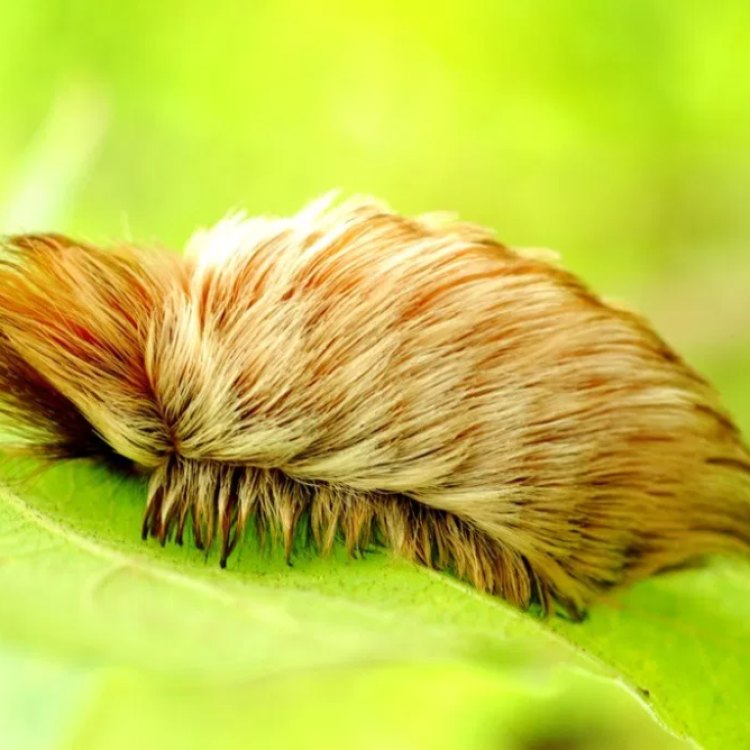
The Furry and Deadly Puss Caterpillar: An Unusual Insect of North America
Disclaimer: The content provided is for informational purposes only. We cannot guarantee the accuracy of the information on this page 100%. All information provided here may change without prior notice.

